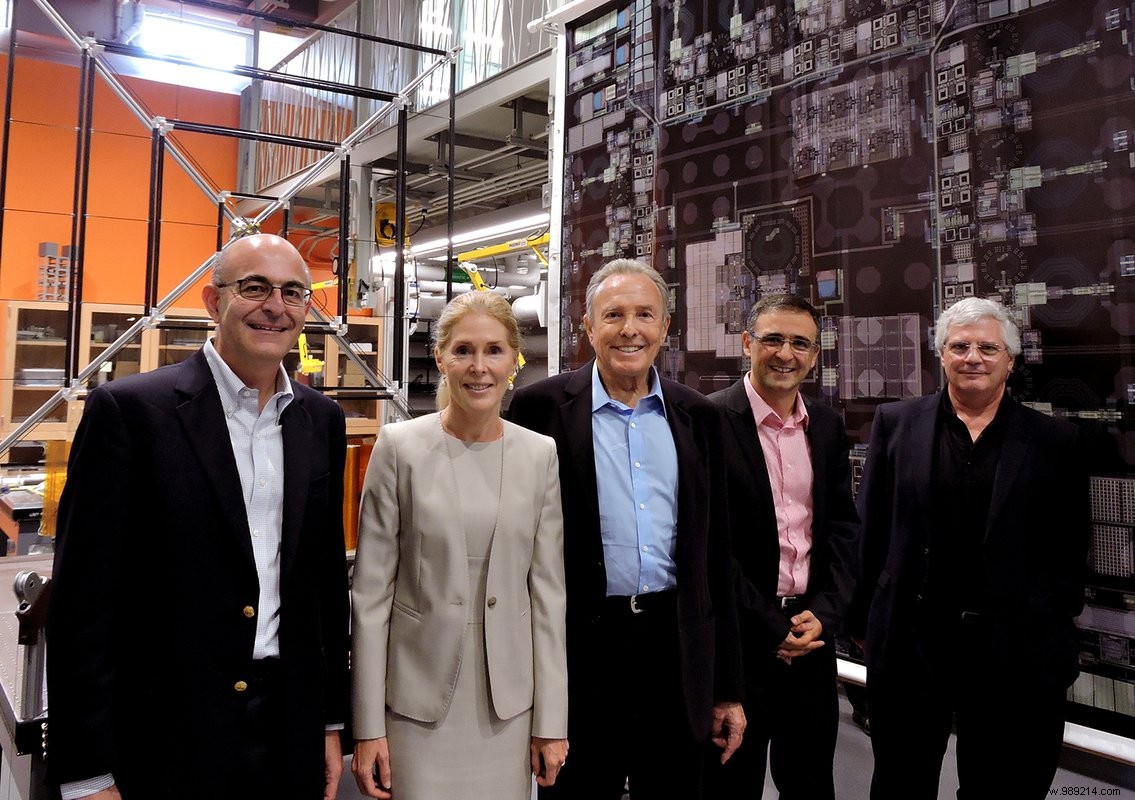A California Institute of Technology (Caltech) research project is preparing to test technology to generate solar power in space for use on Earth.
The idea of collecting solar energy in space to send it back to Earth is not new. The first technical article proposing it was indeed published in 1968. However, such an approach could make it possible to produce electricity continuously without worrying about meteorological constraints . Until now, however, other constraints, mainly economic and technical, have hindered the development of real projects, but the situation is changing.
If we already know that a Chinese project is already in the papers, we are also active on the American side. Donald and Brigitte Bren, two directors of Caltech (California), believe in the idea so much that they have donated more than one hundred million dollars at the University with the aim of making it a reality as part of the Space-based Solar Power Project (SSPP).
Donald Bren became interested in the potential of this approach a decade ago after reading an article in Popular Science magazine. At the time, he therefore approached Jean-Lou Chameau, then president of Caltech, to discuss the creation of a research project on solar energy in space. In 2013, he and his Caltech administrator wife Brigitte finally agreed to make the donation to fund the project.
Note that the Bren spouses have no business interests in the development of such an approach. “It shows the extent of their generosity “, says Caltech professor Ali Hajimiri, co-director of the SSPP. "They really want to change the world and really see this as an opportunity to make a lasting difference to the planet, while also generating a wide range of new technologies impacting many areas such as wireless power, communications and detection “.
This donation allowed the researchers to overcome many technical obstacles and to fund the hiring of doctoral students to work on the project over five years.

Ultimately, this project aims to produce a global supply of "clean", renewable and affordable energy by collecting sunlight to convert it into electrical energy before transferring it to Earth using radio frequency (RF) waves. In the meantime, we will have to pass the tests. A prototype panel (1.8 m by 1.8 m for about 4 kg) is expected to be launched in 2023 to test the technology.